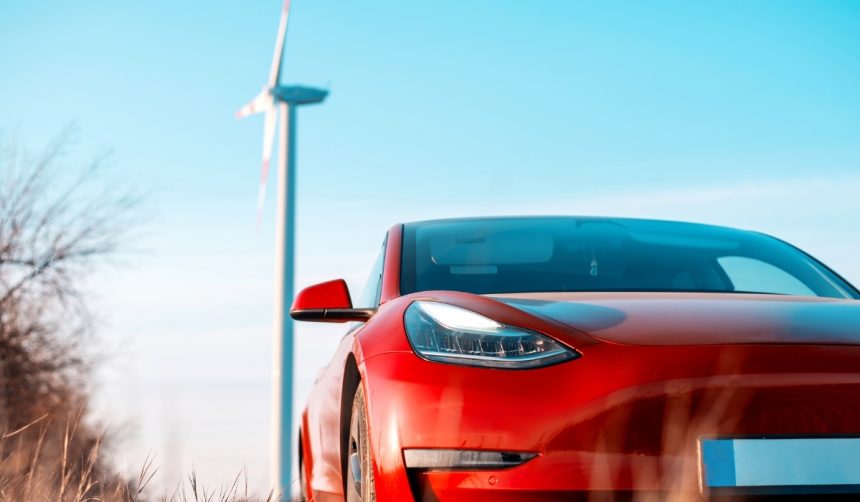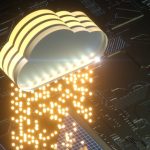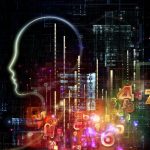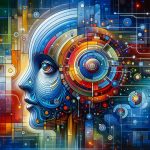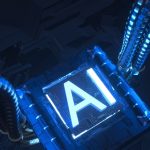Tesla has officially discontinued its Project Dojo initiative, according to statements from CEO Elon Musk. The move was revealed after Musk addressed speculation online, clarifying that the company is now reallocating its resources toward a consolidated AI chip strategy. With Project Dojo shelved, Tesla is shifting attention to the further advancement and deployment of AI5 and AI6 chips. This adjustment reflects broader trends in the tech sector as major players streamline efforts for greater efficiency. Many industry observers are assessing what this shift could mean for the future of Tesla’s autonomous technologies, such as FSD (Full Self-Driving) and Autopilot, as well as its next generation of products.
Earlier coverage of Project Dojo described it as Tesla’s ambitious supercomputing platform intended to train AI and support driverless vehicle solutions. Over time, as different prototypes and chips were tested, mixed reports highlighted delays, high costs, and the challenge of producing sufficient performance gains over existing solutions. Previous updates had focused on hardware milestones and technical demonstrations, but there were persistent concerns over the project’s scalability and its compatibility with the broader AI strategy, as Tesla increasingly referenced upcoming chip designs and partnerships.
What Prompted Tesla to Abandon Project Dojo?
Elon Musk confirmed that Tesla ceased Project Dojo to better concentrate its resources, noting the redundancy in developing two distinct AI chip architectures. He indicated that AI5 and AI6 chips would now become central to Tesla’s AI model training infrastructure.
“It does not make sense for us to divide our resources and scale two different AI chip designs,”
Musk stated on X, emphasizing a move to lower complexity and reduce network clustering costs inside supercomputers. This marks an alignment of Tesla’s efforts with efficient chip production and utilization for its primary autonomous systems.
How Will AI5 and AI6 Chips Affect Tesla Products?
The newly prioritized AI5 and AI6 chips are set to be incorporated across Tesla’s major consumer offerings, such as Optimus, Cybercab, and the next-generation Roadster. According to company commentary, these chips are expected to deliver the parallel processing capabilities previously attributed to Dojo’s custom D1 chip, reinforcing Tesla’s technological base for neural network operations.
“In a supercomputer cluster, it would make sense to put many AI5/AI6 chips on a board, whether for inference or training, simply to reduce network cabling complexity & cost by a few orders of magnitude,”
Musk said.
Is AI6 Viewed as Dojo’s Effective Successor?
Tech insiders have pointed out that the architecture of the upcoming AI6 chip mirrors many elements of Dojo, especially in matrix multiplication and high-speed interconnects. Industry veterans suggest that AI6 will encompass the functionality envisioned for Dojo while providing better scalability and integration with new Tesla platforms. The design philosophy underlying Dojo—parallelism and efficiency—remains influential but will be carried through with the AI6 hardware moving forward. Musk has even referenced the progression from Dojo to AI6 as “Dojo 3,” illustrating a direct lineage in Tesla’s chip development approach.
Tesla’s collaboration with Samsung, particularly for fabrication in Texas, is indicative of its effort to guarantee a smooth transition from past supercomputing projects to newer, more versatile chips. Musk has noted his hands-on involvement in expediting production, pointing to accelerated timelines for delivery and deployment. Integrating AI6 into both computing clusters and Tesla’s vehicle lineup may help further differentiate the company’s approach to automation in a rapidly evolving industry. Streamlining focus from Dojo to AI6 could also reduce operational risk while leveraging external manufacturing expertise.
The decision to end Project Dojo and pivot to AI5 and AI6 chips marks a turning point in Tesla’s pursuit of advanced AI for autonomous vehicles and robotic products. The logic behind this move appears rooted in a clearer allocation of resources as well as in technical advantages anticipated from the new chips. For readers following Tesla’s technological path, focusing on AI6’s development and potential adoption provides insight into how the firm hopes to address challenges in AI workloads and manufacturing scalability. Potential buyers and investors should monitor advancements in the integration of these chips, as they could have significant implications for autonomy, safety, and performance within Tesla’s ecosystem.
- Tesla stopped Project Dojo to optimize resources and simplify its AI hardware strategy.
- AI5 and AI6 chips will now play a key role in upcoming Tesla products.
- Elon Musk’s statements indicate a strong focus on scalable, efficient chip design.

